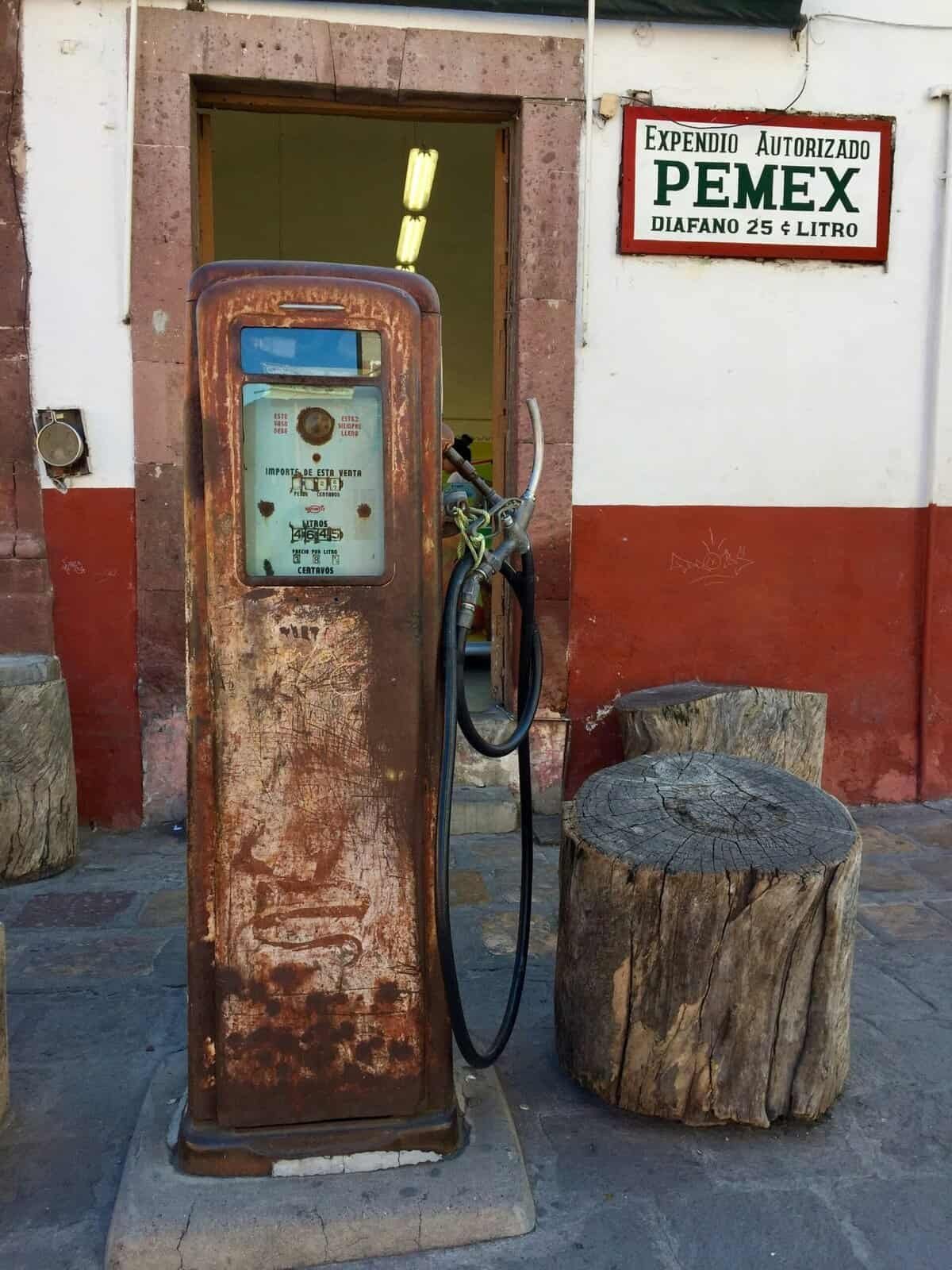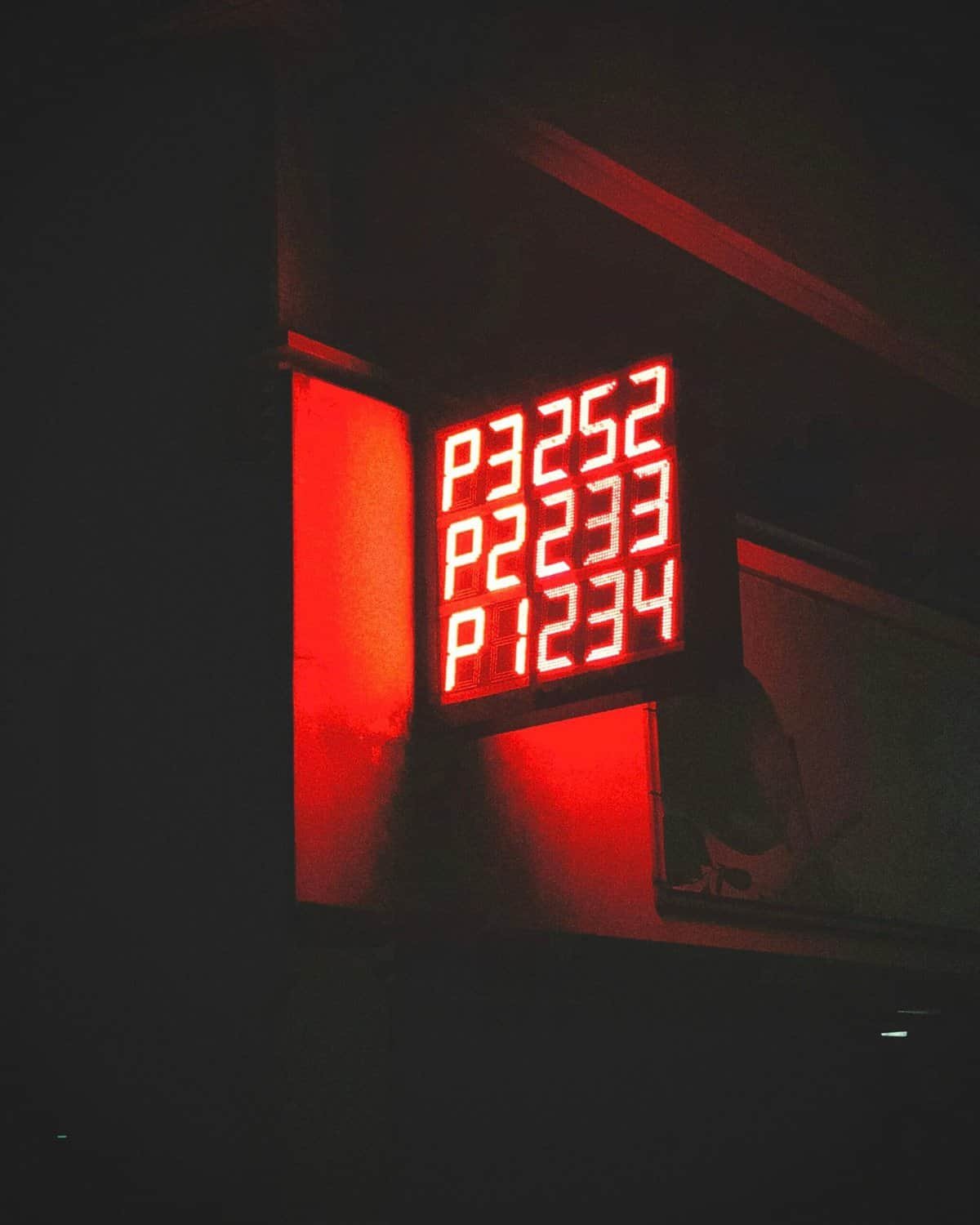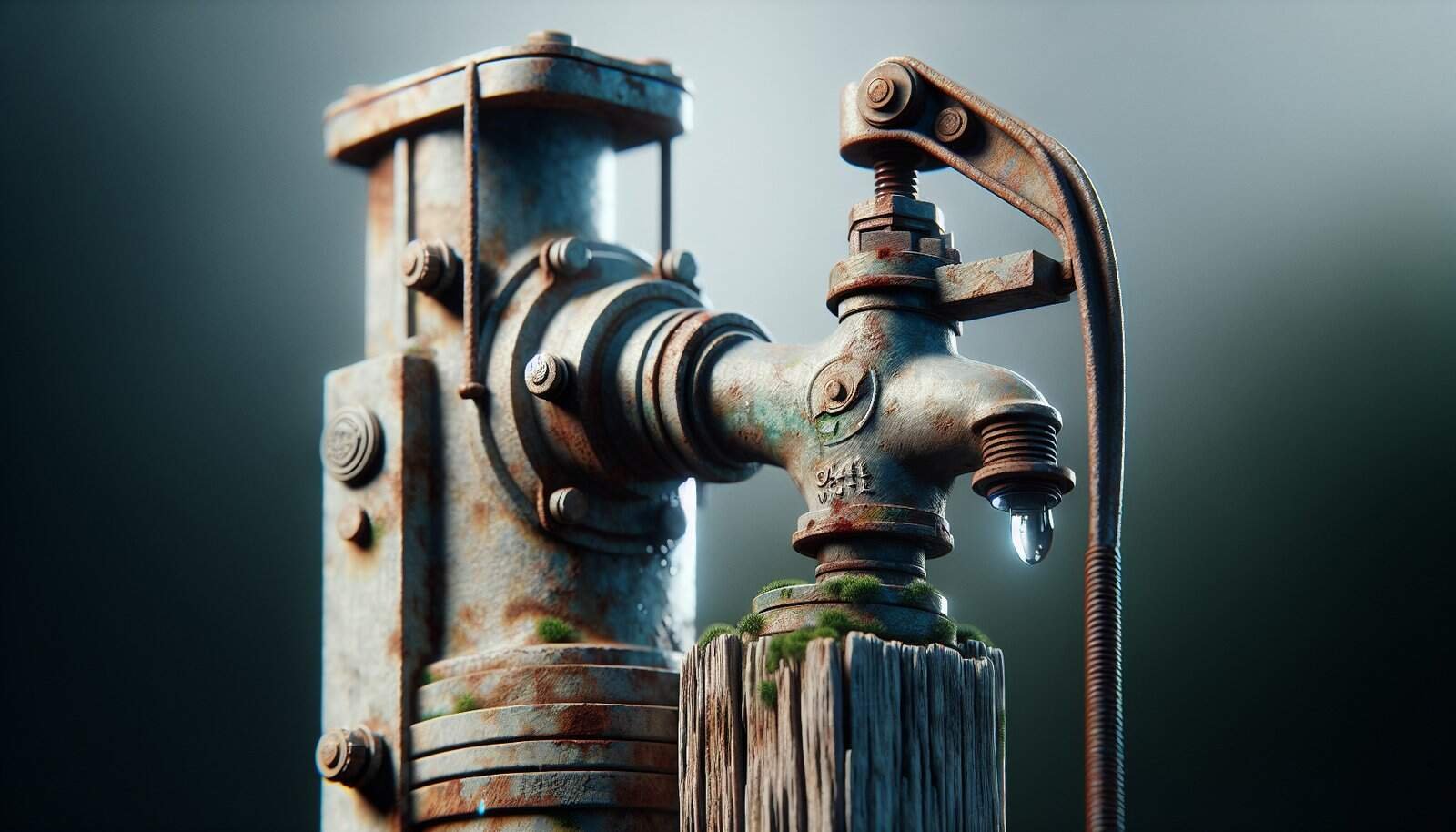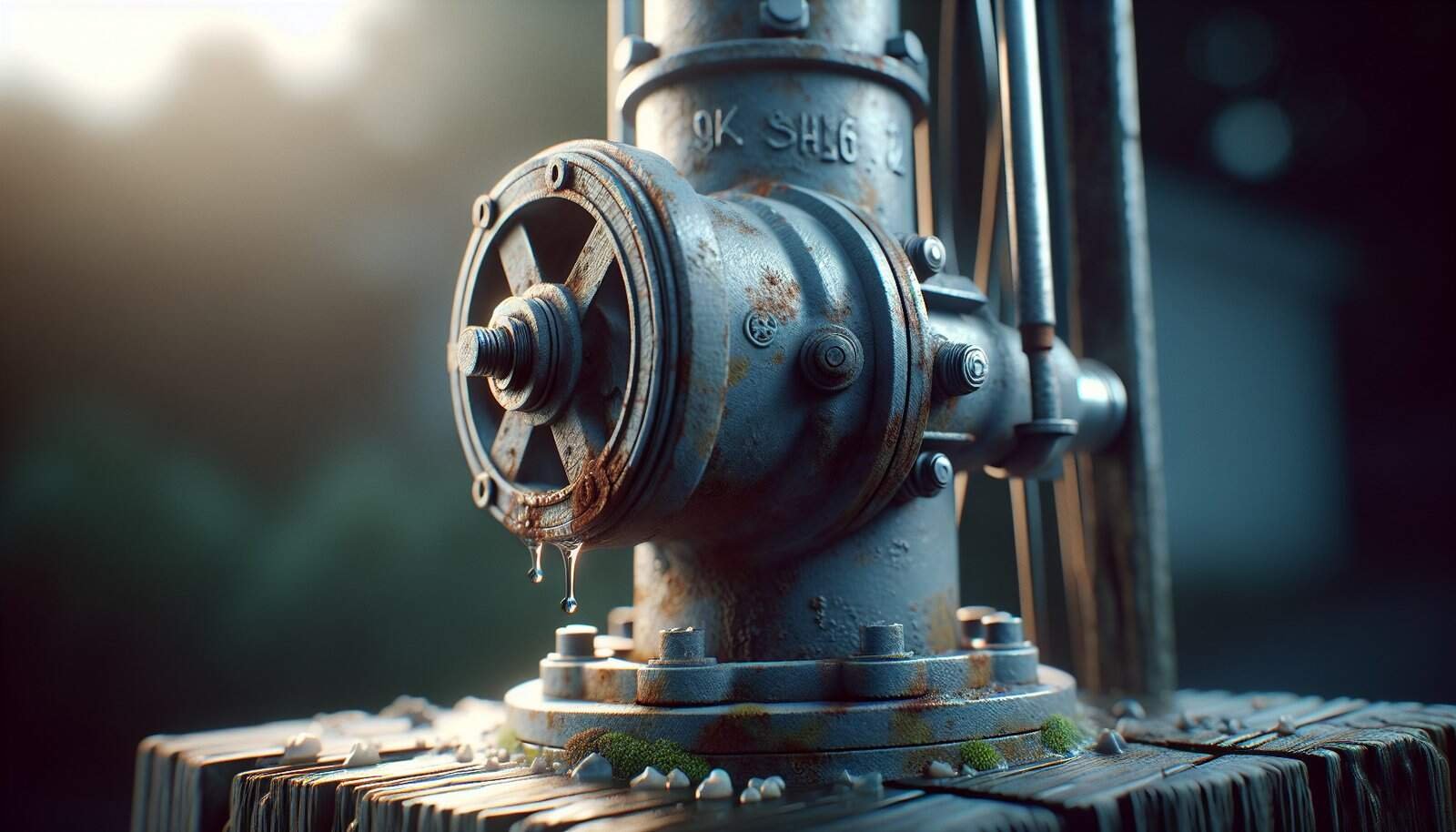? Are you noticing changes in your well water or the way your plumbing behaves and wondering if your water well needs repair?

What Are Signs That My Water Well Needs Repair?
You rely on your well for clean water every day, so changes can feel alarming. This article lays out common signs that indicate a need for repair, what those signs mean, and practical steps you can take.
How a typical well system works
Understanding basic well components helps you spot problems early. A standard system includes the well casing, pump (submersible or jet), pressure tank, pressure switch, piping, electrical controls, and the well cap and seal.
Why early detection matters
Addressing small problems quickly often prevents larger, costlier failures. Early detection keeps your water safe, protects components, and reduces downtime for repairs.
Common signs your well needs repair
You can identify many problems by observing water quality, system behavior, and unusual sounds or smells. Below is a compact guide to symptoms, likely causes, and urgency.
| Sign | Possible causes | Urgency |
|---|---|---|
| Reduced water pressure or flow | Clogged pump intake, failing pump, low water level, blocked pipes | Medium–High |
| Discolored water (brown, red) | Rust (iron), disturbed sediments, corroded casing | Medium |
| Cloudy or sandy water | Sand/sediment in well, damaged pump intake | Medium |
| Foul odor or bad taste | Bacterial contamination, hydrogen sulfide, organic runoff | High |
| Air in water or sputtering faucets | Air leak in well piping, low water level, pump cavitation | Medium |
| Frequent pump cycling | Waterlogged pressure tank, bad pressure switch, leak | Medium |
| Loud or unusual pump noises | Worn bearings, motor problems, cavitation | High |
| Visible leaks or wet spots near wellhead | Pipe or casing leak, surface infiltration | High |
| Positive bacteria or nitrate tests | Surface contamination, failing sanitary seal | High |
| Frozen or burst pipes in winter | Lack of insulation or frozen components | High |
Changes in water pressure or flow
If you notice lower flow from faucets or weaker pressure, it can signal pump wear, a clogged intake, blocked pipes, or falling groundwater levels. You should check when the problem started and whether it’s constant or intermittent to narrow down the cause.
Discolored water
Brown, red, or yellow water typically indicates iron, manganese, or disturbed sediments. If discoloration appears after you run water for a while or after heavy rains, sediment or surface runoff might be entering the well.
Odor or taste changes
A rotten-egg smell usually means hydrogen sulfide gas produced by bacteria or certain mineral reactions. A metallic or chemical taste may point to corrosion, high mineral content, or contamination. Any sudden change in odor or taste should prompt water testing.
Cloudy or sediment-laden water
Cloudiness that settles over time typically points to suspended particles like silt or sand. Sudden increases in sediment can mean the pump intake is damaged, the well screen is failing, or construction/agitation nearby dislodged material.

Strange noises from pump or pressure tank
Grinding, screeching, or loud humming often mean mechanical failure in the pump or motor. Pulsing or hammer-like sounds may indicate water hammer, faulty check valves, or pressure switch issues. Unusual noises should not be ignored because they often precede breakdowns.
Frequent cycling of pump
If the pump turns on and off more often than before, the pressure tank’s air charge might be depleted, the pressure switch could be misadjusted, or there could be a leak in the waterline. Frequent starts strain the motor and reduce its life expectancy.
Noisy or waterlogged pressure tank
A pressure tank that sloshes, bangs, or provides little pressure stability may have lost its air cushion. Waterlogged tanks cause cycling problems and increase wear on the pump. Tapping the tank and checking the air valve can give clues, but a professional check is often needed.
Electrical issues or tripped breakers
If your pump keeps tripping the breaker or the motor won’t start, you may have wiring problems, a failed motor, or a faulty starter. Persistent electrical faults are both a safety and repair concern and should be handled carefully.

Visible leaks or wet spots near the wellhead
Wet ground, pooling water, or unexpected vegetation growth near the well can indicate leakage. Leaks allow contaminants to enter and can damage the well structure or nearby equipment. Inspect the wellhead, seals, and piping for visible damage.
Increased bacteria or contamination test results
If lab tests show coliform bacteria, E. coli, nitrates, or other contaminants, the sanitary integrity of the well may be compromised. Contamination is serious and usually requires immediate action to protect your health, including providing an alternative water source until corrected.
High iron, manganese, or hardness levels
Elevated iron and manganese can discolor water, stain plumbing fixtures, and affect taste. Hard water causes scale buildup and reduces appliance efficiency. Treatment or component repairs may be required depending on source and concentration.
Air in the water or sputtering faucets
Air in the lines makes faucets sputter and can damage pumps through cavitation. It often results from leaking suction lines, a failing foot valve, or dropping water level in the well that allows air to be drawn in.

Low water level in well
A falling static water level can be seasonal, due to drought, or indicate an overdrawn aquifer or well damage. If levels drop significantly from historical norms, you may need a pump adjustment, deeper pump setting, or to investigate recharge issues.
Well casing damage or loose well cap
Cracked casing or an unsecured cap is a direct route for surface contamination. You should keep the well cap secure and inspect the casing regularly for cracks, corrosion, or signs of tampering.
Changes after storms, construction, or drought
Heavy rains, construction nearby, or drought conditions can alter water quality and well performance. You should test water after significant events and monitor water levels and pressure.
How to perform basic checks yourself
You can perform simple, non-invasive checks that help identify obvious problems before calling a professional. Always prioritize safety: shut off power before touching electrical components and avoid removing well caps without proper procedures.
- Visually inspect the wellhead and cap for damage, loose bolts, or signs of surface water pooling.
- Check your electrical panel for tripped breakers or blown fuses related to the pump.
- Listen at the pump location for unusual noises when the system runs.
- Run multiple fixtures to determine whether low pressure is localized or affecting the whole house.
- Tap the pressure tank and observe for air or water sloshing sounds.
Make notes of what you observe: times, how long issues last, and any recent changes in weather or property activity.

Diagnostic tests you can arrange
If basic checks don’t resolve the issue, specific diagnostic tests can pinpoint problems. Many of these require a professional, but you should know what they mean and how they’re done.
| Test | What it finds | How it’s done | Frequency |
|---|---|---|---|
| Bacteria (Total coliform, E. coli) | Microbial contamination | Collect sterile sample and send to certified lab | At least annually, after repairs |
| Nitrate/nitrite test | Agricultural or septic contamination | Lab chemical analysis | Annually or after changes |
| Iron, manganese, hardness | Mineral content | Lab/field testing | Every 2–3 years or if symptoms occur |
| Static water level | Water table depth | Measure with sounder or tape when pump off | Annually or if flow drops |
| Pump performance (drawdown test) | Pump capacity and well yield | Pump for set time and measure recovery | When performance changes |
| Pressure switch and cycle test | Cycling behavior, switch adjustment | Observe pressures and cycle counts | As needed when cycling occurs |
| Electrical diagnostics | Motor health, wiring issues | Multimeter tests, amp draw checks | When electrical faults appear |
Arrange professional testing for any positive contamination results or when you can’t identify the issue yourself.
When to call a professional
Call a licensed well contractor or pump technician if you see contamination, major leaks, persistent low pressure, pump failure, electrical faults, or damage to the well structure. Use a pro if you are uncomfortable performing any tests or repairs yourself.
- If water tests positive for bacteria or dangerous chemicals, stop using the water for drinking and contact a professional immediately.
- If your pump is noisy, has burned smell, or repeatedly trips breakers, shut it off and call a technician.
- If the well casing is cracked or the cap is missing, arrange for immediate repair to prevent contamination.
Common repairs and what they involve
Repair needs vary from simple parts replacement to full well rehabilitation. Understanding likely interventions helps you plan and budget.
Pump repair or replacement
Pumps can wear out due to age, sand, corrosion, or electrical issues. Repair may involve replacing the motor, impeller, or seals, but sometimes replacement is more cost-effective.
Pressure tank repair or replacement
A failed bladder or waterlogged tank requires repair or replacement to restore pressure stability. Recharging or replacing the tank’s air charge is a common fix.
Pressure switch and controls
Faulty switches or misadjusted set points can cause cycling or no-start conditions. Replacing or adjusting the switch is a standard, relatively low-cost repair.
Piping and leak repairs
Leaky or broken pipes require excavation or repair of buried lines or fittings. A visible leak at the surface often needs prompt attention to prevent contamination and water loss.
Well cleaning and rehabilitation
When wells accumulate iron bacteria, mineral buildup, or sediments, professionals may perform chemical cleaning, flushing, or mechanical rehabilitation. This restores yield and water clarity in many cases.
Casing and sanitary seal repair
Repairing or replacing damaged casing and resealing the wellhead prevents surface water and contaminants from entering. Seals and caps should meet local codes.
Electrical repairs
Wiring issues, starter problems, or motor failures require an electrician or pump tech to test, repair, or replace electrical components safely.
Well deepening or pump lowering
If the water table falls and your pump is too shallow, technicians can lower the pump or deepen the well to restore access to reliable water.
Typical cost ranges for repairs
Costs vary widely based on region, access, and complexity, but these ranges give a general idea. Prices are approximate and for planning only.
| Repair type | Typical cost range (USD) | Notes |
|---|---|---|
| Pressure switch replacement | $100–$300 | Low-cost, often quick |
| Pressure tank replacement | $400–$1,500 | Depends on size and type |
| Pump motor repair | $200–$800 | If repairable |
| Pump replacement (submersible) | $800–$3,000+ | Depends on depth and brand |
| Well cleaning/rehab | $300–$2,000 | Depends on method and severity |
| Casing repair / new sanitary seal | $200–$1,500 | Varies with damage extent |
| Electrical repairs | $100–$800 | Depends on parts and labor |
| Well deepening | $2,000–$10,000+ | Major work, high variability |
Always get at least two written estimates and ask about warranties, permit requirements, and expected timelines.
Preventive maintenance to reduce repair needs
Routine maintenance preserves well health and reduces emergencies. A little attention every year goes a long way to prevent costly repairs.
- Test water for bacteria and common contaminants at least once a year.
- Inspect your wellhead, cap, and immediate area for damage or surface water pooling.
- Keep hazardous materials, livestock, and septic systems at safe distances from the well.
- Schedule pump and system inspections every few years, especially for older systems.
- Replace anode sacrificial devices or components as recommended by manufacturers.
Document maintenance activities and test results to help professionals diagnose future issues.
Seasonal considerations and climate impacts
Weather and climate affect well performance. Preparing seasonally helps you avoid failures.
- Winter: Insulate exposed piping, heat or relocate vulnerable components, and keep the well area clear of snow to prevent freezing. If freezing occurs, do not use heat sources that might damage casing — call a pro.
- Spring/Heavy rain: After floods or heavy rain, test for microbial contamination and inspect for surface infiltration.
- Drought/Summer: Prolonged dry spells can lower water levels; conserve water and monitor static levels closely.
Adjust your maintenance schedule based on local climate patterns and any recent extreme weather.
Safety and regulatory considerations
Protecting water quality and following codes is important for health and compliance. Improper repairs can make contamination worse or create legal issues.
- Use licensed well contractors for repairs that affect well sanitary seals or structural elements.
- Follow local codes for well installation, repairs, and abandonment. Permits may be required for significant work.
- Never use bleach or chemicals without proper guidance and follow-up testing; improper handling can cause harm.
- If you find contamination, use alternative water sources and follow public health guidance until the problem is resolved.
Emergency steps if you suspect contamination or sudden failure
When your water becomes unsafe or the system fails, take immediate actions to protect health and property.
- Stop using the water for drinking, cooking, or brushing teeth if contamination is suspected.
- Use bottled water or boiled water (if permitted) until tests confirm safety.
- If the pump is noisy, produces smoke, or trips breakers, turn it off and call a professional.
- If flooding or surface water reached the wellhead, assume contamination and test before using the water again.
Document the issue and communicate with local health departments if contamination is suspected.
How repairs are prioritized
Not all problems are equally urgent. Use this simple priority guide to decide next steps.
- Immediate: Bacterial contamination, chemical contamination, major leaks, electrical hazards, inability to access safe water.
- High: Pump failing but system still running intermittently, sudden loss of pressure, visible wellhead damage.
- Medium: Intermittent noise, increased minerals, occasional sediment, reduced efficiency.
- Low: Minor cosmetic discoloration, cosmetic fixture stains with no health indicators, scheduled maintenance.
Address higher-priority issues first to protect health and avoid cascading failures.
Choosing a qualified well professional
Selecting the right contractor affects repair quality and outcome. Ask targeted questions and verify credentials.
- Verify state or local licensing and insurance.
- Ask for references and recent work examples on similar wells.
- Request a written estimate, warranty details, and a clear scope of work.
- Ask how they test after repair and whether they provide a water quality follow-up.
- Confirm any required permits and whether they will handle them.
Get multiple bids and compare not only price but communication, experience, and guarantees.
Typical timeline for common repairs
Repair timelines depend on access, parts availability, and complexity. Here are general expectations.
- Pressure switch or control replacements: Same day to 1–2 days.
- Pressure tank replacement: 1 day.
- Pump removal/repair or replacement: 1 day to several days, depending on depth and parts.
- Well cleaning/chemical rehabilitation: 1–3 days plus follow-up testing.
- Casing repairs or new sanitary seal: 1–3 days.
Plan for possible delays due to weather or parts lead times.
Cost-saving tips without sacrificing safety
You can manage expenses while ensuring proper repairs.
- Maintain routine testing and inspections to catch problems early.
- Keep records so contractors can more quickly diagnose new issues.
- Replace components like pressure tanks or switches before they fail completely.
- Use reputable parts and skilled labor to avoid repeat work.
- Consider financing options or phased repairs for major projects.
Cutting corners on health- or safety-related repairs is not advisable.
Frequently asked questions (FAQ)
You likely have specific questions about signs and repairs. Here are concise answers to common concerns.
Q: How often should I test my well water? A: Test annually for bacteria and nitrates; test more often if you suspect contamination or after major repairs or floods.
Q: Can I repair the pump myself? A: Minor tasks like replacing a pressure switch might be DIY if you’re experienced, but most pump repairs require a professional due to electrical and depth complexities.
Q: What should I do if my water smells like rotten eggs? A: Stop using the water for consumption until tested. Hydrogen sulfide can be caused by bacteria or minerals; a professional test will determine the cause.
Q: Why is my water suddenly rusty after heavy rain? A: Surface runoff or agitation of sediments may introduce iron-rich water temporarily; persistent rust suggests iron corrosion or well screen issues.
Q: Is it normal for the pump to cycle occasionally? A: Some cycling is normal, but frequent short cycles indicate a tank or switch issue that should be addressed to avoid pump damage.
Q: How long does a well pump last? A: Typical life ranges from 8 to 15 years, depending on usage, water quality, and maintenance.
Q: When should I consider well replacement or deepening? A: If drought or long-term decline reduces yield and repairs are repeated, well deepening or replacement may be more cost-effective.
Q: Are water softeners masking underlying problems? A: Water treatment can mask symptoms like hardness or iron but won’t fix mechanical issues or contamination; treat the cause as well as the symptoms.
Homeowner checklist: Signs and immediate actions
This quick checklist helps you act systematically when something seems wrong.
- Note symptom: pressure drop, noise, odor, discoloration.
- Check breakers and visible connections.
- Inspect wellhead for damage or pooling water.
- Stop using water for drinking if contamination is suspected.
- Collect basic data: when it started, intermittent or constant, after weather event?
- Call a licensed well contractor if you have any doubt about contamination, electrical faults, or structural damage.
- Arrange laboratory testing for water quality if needed.
Record-keeping and documentation
Keep a file with installation documents, maintenance records, pump model and serial numbers, and test results. This information speeds diagnostics and provides proof of maintenance that may be useful for insurance or resale.
Final recommendations
If you notice any of the signs listed here, start with simple checks but don’t delay professional help for contamination, electrical issues, or major mechanical failures. Regular testing and preventive maintenance will give you reliable water and reduce surprise repairs.
You depend on your well every day, so taking clear steps when problems appear protects your health and keeps your system operating smoothly. If you’re ever unsure, contact a licensed well professional and your local health authority for guidance.
